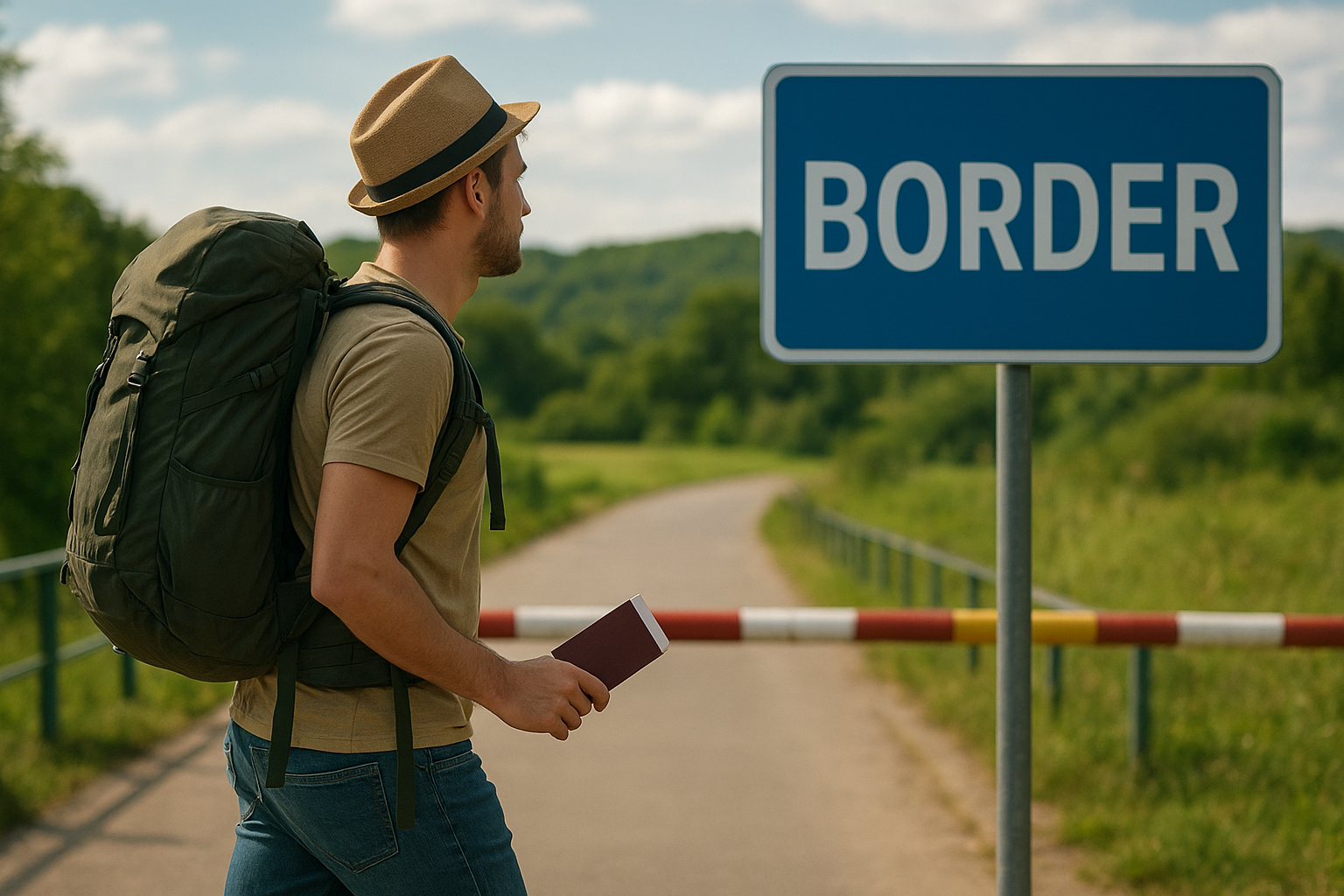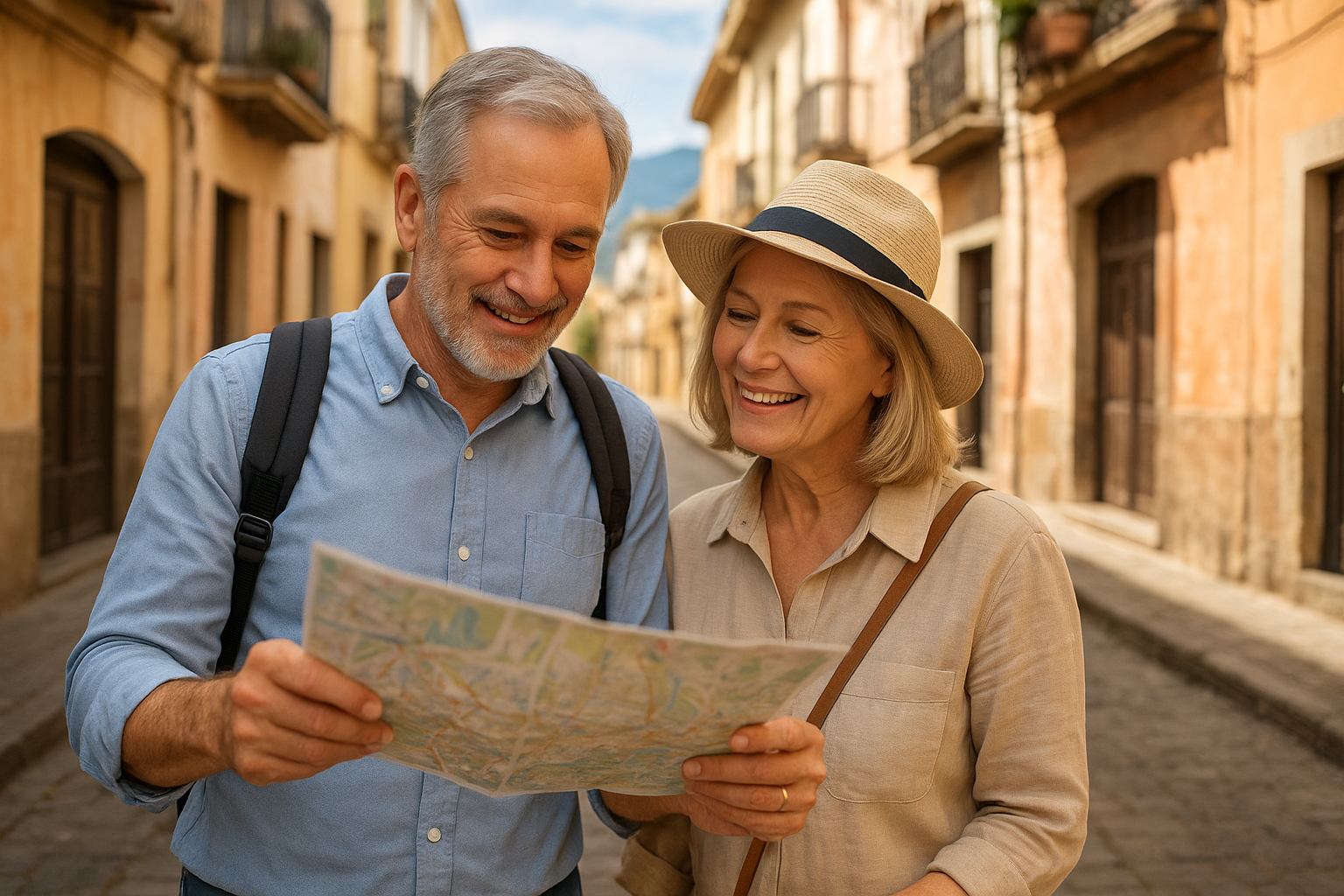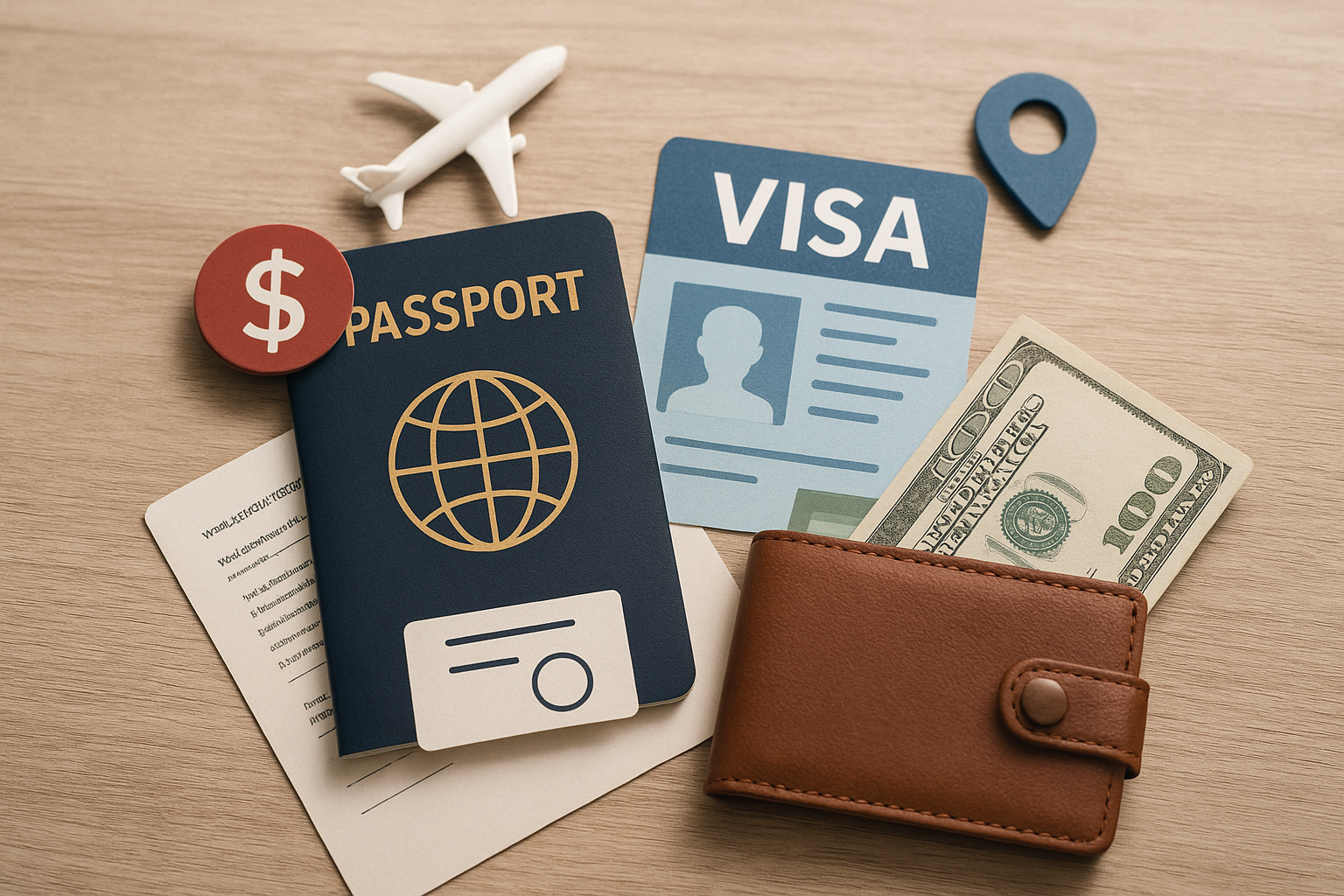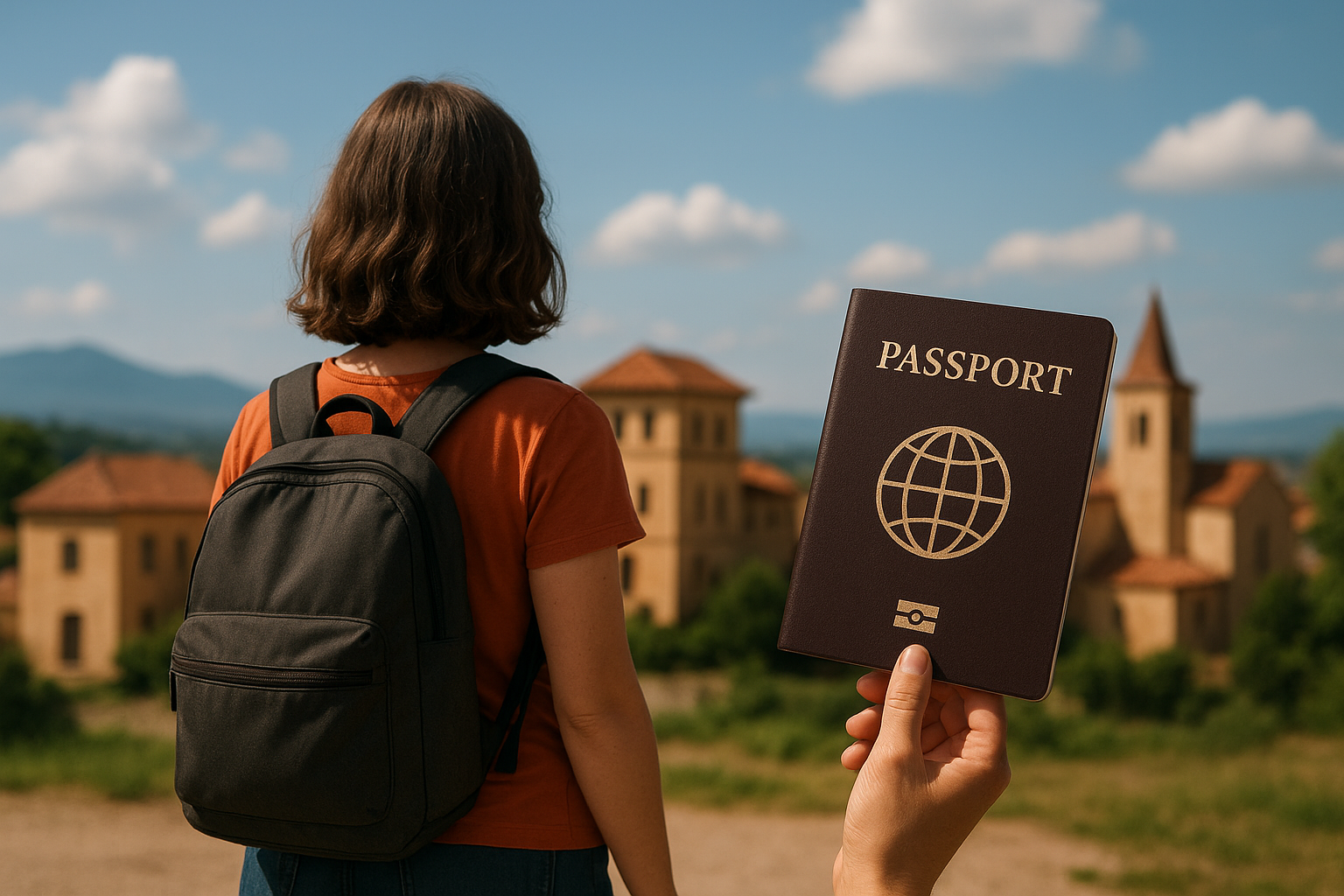Bouncing Between Borders: Mastering Visa Runs and Extensions
You’ve found a place that feels just right. Maybe it’s the energy of the streets, the way the light hits the buildings at sunset, or simply how easily you’ve settled into the local rhythm. Then reality hits: your visa is about to expire, and you’re not ready to leave.
This is where many travelers encounter the concept of a visa run, a strategy that’s become both a lifeline and a source of anxiety for anyone trying to extend their stay abroad. Whether you’re a remote worker who’s discovered the perfect cafe for your morning emails or a traveler who simply wants more time to explore, understanding how visa runs work (and when they don’t) can make or break your extended adventure.
What Actually Is a Visa Run?
At its core, a visa run means temporarily leaving a country to re-enter it, usually to get a fresh entry stamp that extends your legal stay. Think of it as hitting the reset button on your tourist visa allowance. Someone might take a weekend trip across the border, spend a night or two in a neighboring country, then return with a new 30, 60, or 90-day stamp.
According to digital nomad resources, many remote workers rely on tourist visas as their primary way to stay in a country, making visa runs a necessary part of staying legal. The appeal is obvious: you maintain flexibility, avoid lengthy visa application processes, and can keep exploring without committing to full residency.
But here’s what many first-timers don’t realize: this practice exists in a gray area. Immigration laws weren’t designed with location-independent workers or long-term travelers in mind. What you see as extending your vacation, border officials might interpret as someone illegally living and working in their country.
The Legal Reality Nobody Talks About
The biggest misconception about visa runs? That they’re a foolproof loophole. They’re not.
Immigration officers have seen it all. Show up at the same border crossing three times in six months with a backpack and a laptop, and you’ll likely face questions. Some travelers have been denied re-entry entirely, their plans derailed at a checkpoint with nowhere immediate to go.
Take the Schengen Zone in Europe as an example. You get 90 days within any 180-day period across 27 countries. Leaving for a quick weekend in London or Istanbul doesn’t restart that 180-day counter. The math follows you, and the rules are strictly enforced. Misunderstand this, and you could face fines, deportation, or bans from future entries.
Southeast Asia has historically been more lenient, with stories of travelers doing monthly visa runs for years. But even that’s changing. Thailand has cracked down on repeat border runners, with immigration officials increasingly questioning those who show a pattern of continuous stays with brief exits.
The uncomfortable truth: a visa run is a workaround, not a right. It works until it doesn’t.
Better Alternatives That Actually Work
Instead of gambling at border crossings, consider these more sustainable options that have emerged in recent years.
Tourist Visa Extensions
Many countries allow you to extend your tourist visa from within the country itself. Rather than the stress of a border run, you visit an immigration office, submit some paperwork, pay a fee, and get extra weeks or months added to your stay. Thailand, Indonesia, and many Latin American countries offer this option. It’s more legitimate, less risky, and often cheaper than the cost of travel for a visa run.
Digital Nomad Visas
The game has changed significantly. As of 2025, over 50 countries now offer specialized visas for remote workers. These typically grant 6-12 months of legal residence, provided you can prove remote income, have health insurance, and meet minimum income requirements (often around $2,000-3,000 per month).
Countries like Portugal, Estonia, Spain, Croatia, and even tropical destinations like Barbados and Costa Rica have joined the trend. The application process requires more upfront effort, but you get certainty, legality, and often access to better banking and services.
Residence Permits for the Committed
If you’ve found a place you genuinely want to call home for a year or more, investigate residence permits. These have stricter requirements (proof of income, local address, sometimes language tests, comprehensive health insurance), but they offer real stability. You’re not constantly calculating days or planning border runs. You’re actually living there.
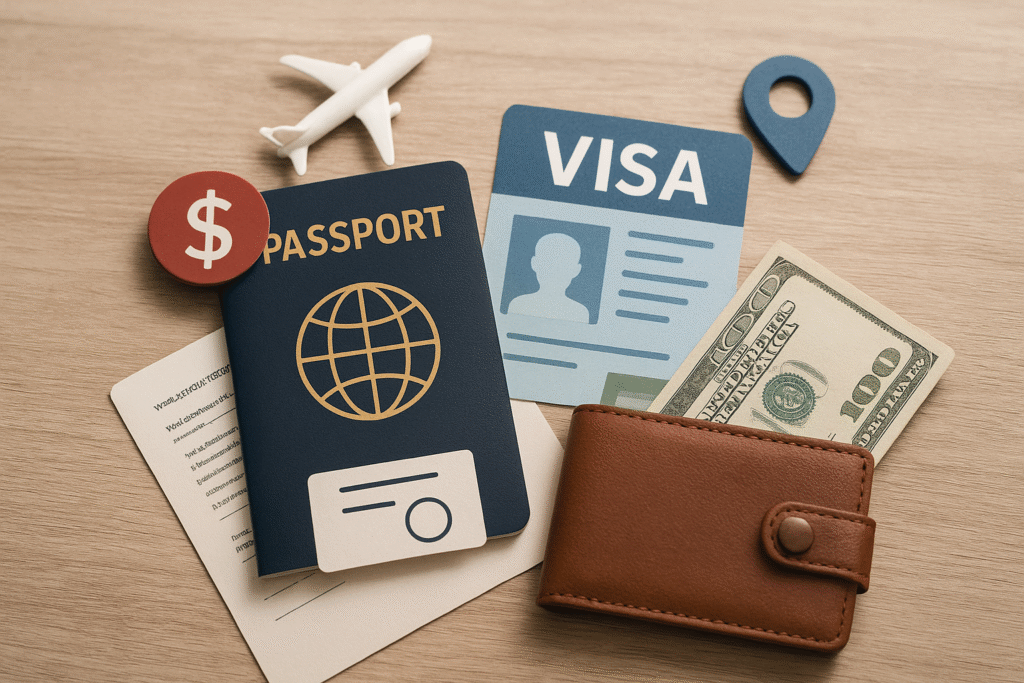
When a Visa Run Makes Sense
Despite the risks, there are situations where a visa run is perfectly reasonable:
You’re genuinely traveling through a region and want to extend your exploration by a month or two. You’re not establishing a life there, just enjoying extended tourism. A quick hop to a neighboring country becomes part of the adventure itself.
You’re testing out a location before committing to a longer-term visa. Maybe you want to experience both the rainy and dry seasons, or see if you can actually work effectively from that beachside bungalow before applying for a six-month visa.
The country’s rules explicitly allow it and you’ve researched thoroughly. Some nations have clear, tourism-friendly policies about exits and re-entries.
When to Absolutely Avoid It
Don’t attempt visa runs if you’re essentially living somewhere. Renting an apartment on a six-month lease while doing monthly border runs is asking for trouble. Immigration officers aren’t naive, and your entry history tells a story.
Skip it if the country explicitly prohibits visa runs or monitors re-entries closely. Do your homework on current enforcement trends.
Avoid it for tax reasons. If you’re staying in one place long enough to potentially trigger tax residency (often 183 days in a year), visa runs won’t save you from tax obligations and may actually complicate your situation.
Portugal: A Case Study in Doing It Right
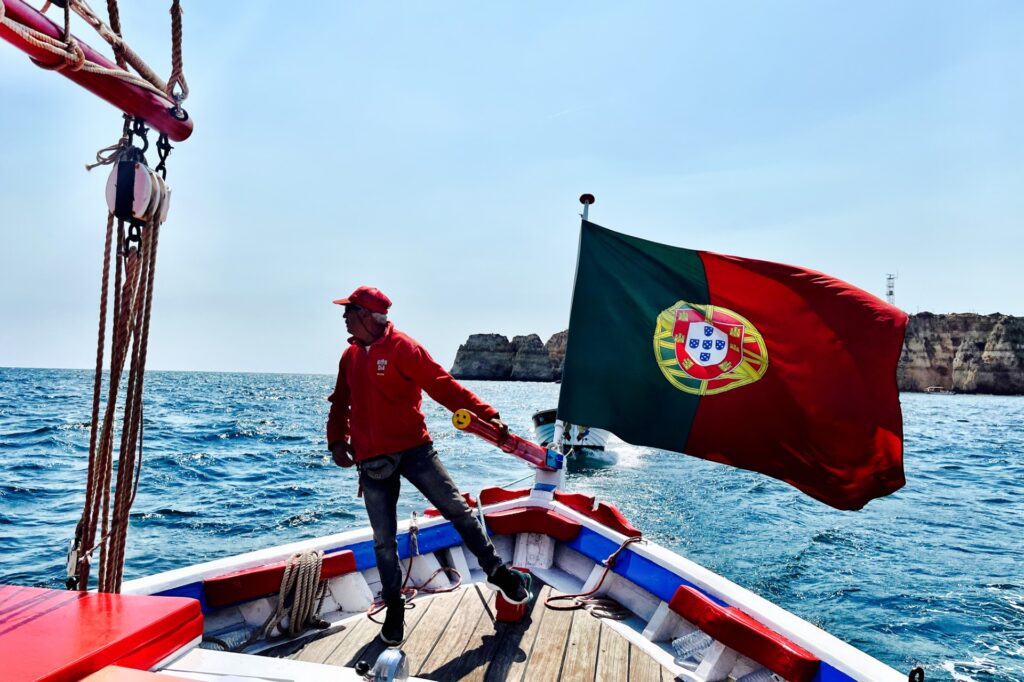
Let’s look at a destination that many travelers dream about, and how to approach a long stay there properly.
Portugal has become a haven for remote workers, and for good reason. Lisbon pulses with creative energy, Porto charms with its riverside cafes and port wine cellars, the Algarve offers endless coastline, and Madeira provides subtropical island life just a short flight away.
The infrastructure is excellent. You’ll find co-working spaces in every major city, fiber-optic internet is standard, and the cafe culture means you can work from different spots throughout the day without feeling pressured to leave. The food scene mixes fresh seafood (bacalhau in dozens of preparations, grilled sardines, octopus salad) with African and Brazilian influences, plus those irresistible pastéis de nata.
Portuguese is the official language, but English is widely spoken in tourist and expat areas. The locals are generally welcoming to foreigners who show interest in their culture. Safety is excellent, even in larger cities.
The visa strategy: Here’s where Portugal shines. Instead of relying on the standard 90-day Schengen tourist allowance with risky visa runs, Portugal offers a temporary stay visa specifically designed for remote workers. It requires proof of remote employment or freelance income (minimum €3,040 per month), but grants you up to a year of legal residence.
This isn’t just about legality. With this visa, you can open a Portuguese bank account, get a tax number, access healthcare, and actually settle in rather than living out of a suitcase ready to flee at any moment.
Practical details: Budget €1,500-3,000 per month depending on your lifestyle and location. Lisbon and Porto are pricier, but still often cheaper than major Western European capitals. The Algarve and smaller cities offer significantly lower costs.
Best months to visit are April through June and September through October. You get beautiful weather, fewer tourists, and better accommodation prices. July and August see crowds and higher prices. Winter is mild but rainier, though still workable if you don’t mind gray skies.
Pack layers. Portugal’s weather can shift, especially in spring and fall. Comfortable walking shoes are essential as Portuguese cities are made for strolling. Light rain jacket for winter visits. For the Algarve, add beach gear.
Helpful apps: Bolt and Uber work well for transport. Zomato or TheFork for restaurant reservations. Coworker to find workspace options. For local life, learn how to use the Navegante card system for Lisbon public transport or Andante in Porto.
Southeast Asia: Where Visa Runs Were Born
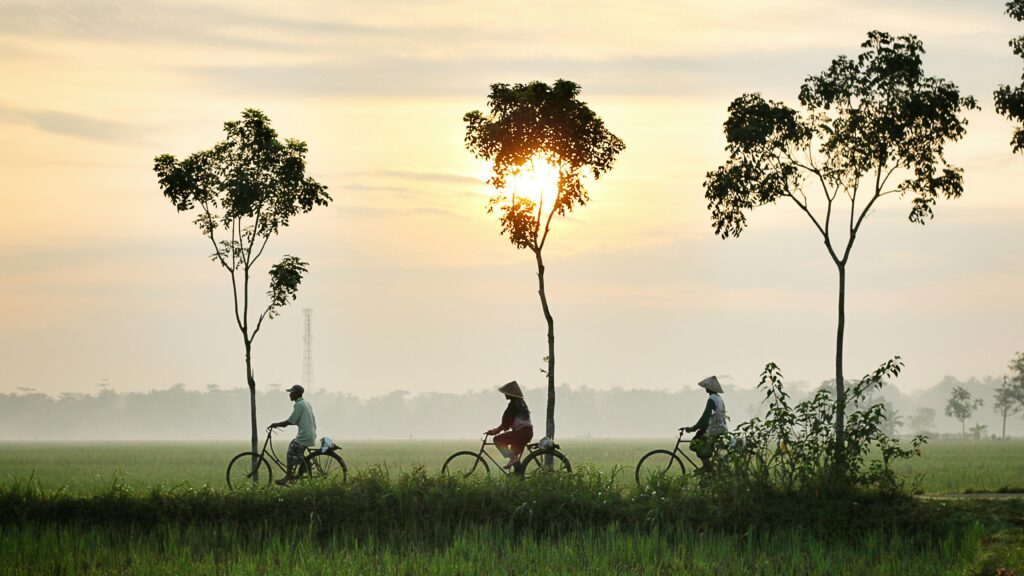
The concept of visa runs is almost synonymous with Southeast Asia, particularly Thailand. For years, travelers and expats would take weekend trips to neighboring countries, returning with fresh stamps and months more time in paradise.
Thailand offers everything from Bangkok’s frenetic energy and street food markets to Chiang Mai’s mountain-backed digital nomad scene to the postcard-perfect beaches of the southern islands. The cost of living remains remarkably low compared to Western countries (think $1,000-2,000 per month for comfortable living), the food is world-class, and the infrastructure in popular areas is excellent.
The catch? Thailand has tightened enforcement on visa runs. Border officials now scrutinize travelers who show patterns of repeated tourist entries. Stories circulate of people being denied entry after their third or fourth visa run, suddenly stranded with nowhere to go.
The visa strategy here is more complex: You can enter Thailand on a visa exemption (30 days for many nationalities) or tourist visa (60 days). Extensions are possible at immigration offices. A visa run to Cambodia, Laos, or Malaysia can technically reset your stay, but there’s no guarantee it will work indefinitely.
The smarter play? If you love Thailand and want to stay longer, look into Thailand’s new Long-Term Resident Visa or consider options like the education visa if you’re willing to take language or Muay Thai classes.
Practical details: November to February offers the best weather (cooler, dry season). March to May gets hot. June to October brings monsoons, though timing varies by region. The islands have their own microclimates, so research your specific destination.
Budget varies wildly by lifestyle. Local food stalls offer meals for $2-3. Accommodation in Chiang Mai can be found for $300-500/month for decent places. Bangkok and islands cost more. Transportation is cheap (buses, trains, domestic flights).
Pack light, breathable clothing for heat and humidity. One light jacket for air-conditioned spaces and northern regions at night. Respectful clothing for temple visits (covered shoulders and knees). If heading to islands, beach gear is essential.
Apps: Grab is the dominant ride-sharing app. Google Translate helps with Thai script. XE Currency for quick baht conversions. Airbnb and Agoda for accommodation. Bangkok locals use MuvMi for bike-sharing.
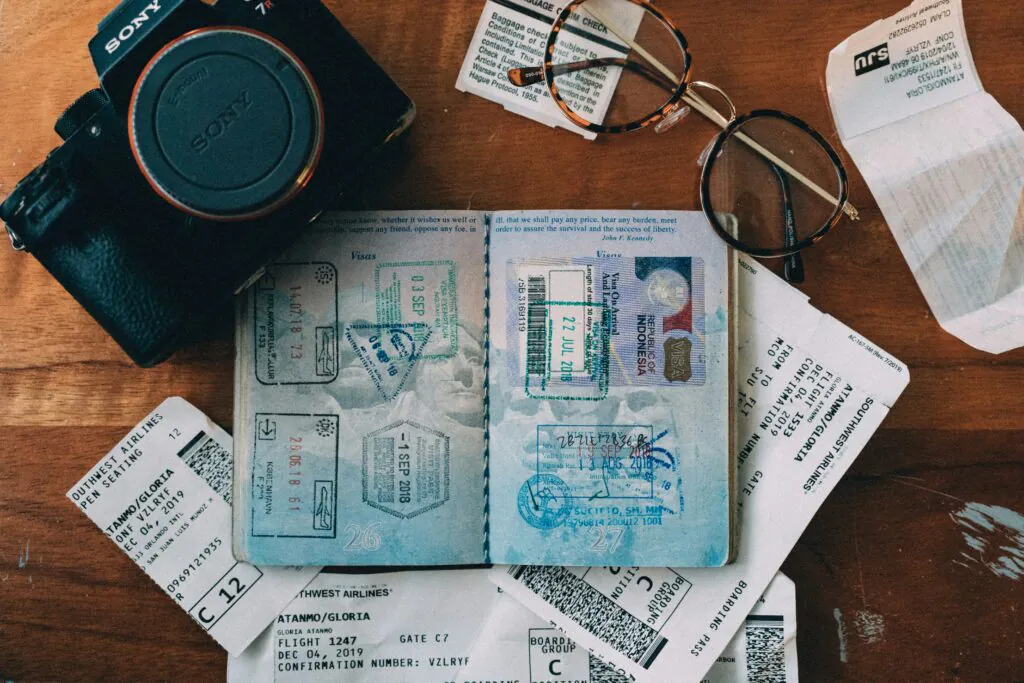
Planning for Success: A Practical Framework
Whether you’re considering a visa run or applying for a proper long-stay visa, here’s how to approach it strategically.
Start with your timeline. One to three months? Tourist visa plus possible extension usually works. Three to six months? Research visa options carefully and be prepared to apply for something more formal. Six months to a year or more? Go straight for a digital nomad visa, residence permit, or other long-term option.
Know the actual rules, not just what someone told you on a travel forum three years ago. Visit official embassy websites. Contact immigration offices directly. Rules change, and what worked for someone in 2023 might not work today. The term “visa run” appears helpful in guides like this one from Nomadico, but always verify current local laws.
Have a backup plan. What happens if you’re denied entry? Can you pivot to another country? Do you have enough savings to book a last-minute flight home? Don’t put yourself in a situation where a denied stamp leaves you stranded.
Document everything. Keep records of your entries and exits, accommodation bookings, return tickets, and proof of sufficient funds. Immigration officers can ask to see any of this. Being organized makes the process smoother.
Budget realistically. Include rent, food, coworking or cafe costs, local transport, travel insurance, phone/internet, and a buffer for the unexpected. Many travelers underestimate how quickly day-to-day costs add up, especially if you’re trying to maintain work routines alongside exploration.
Tech essentials: Reliable internet is non-negotiable if you’re working remotely. Research neighborhoods for connectivity before committing. Bring a portable router or hotspot as backup. Download offline maps. Use a VPN for security on public networks. Set up banking that works internationally (services like Wise offer good exchange rates and international transfers).
The Human Side of Extended Travel
Here’s what the visa guides don’t tell you: the hardest part often isn’t the paperwork. It’s the emotional roller coaster of never quite settling in, of always having one eye on the calendar counting down your remaining days.
There’s a reason many long-term travelers eventually opt for more permanent arrangements. Constantly planning visa runs, packing up every few months, never signing a lease longer than your visa allows… it’s exhausting. The freedom can start to feel like instability.
This is why understanding your options matters. If a place truly resonates with you, investing the time in a proper long-term visa isn’t limiting your freedom. It’s actually expanding it. You stop traveling and start living.
Making the Border Crossing
If you do decide a visa run makes sense for your situation, here’s how to do it thoughtfully:
Choose a neighboring country that actually interests you. If you’re in Thailand, spend a few days exploring Laos or Cambodia rather than just touching the border and turning around. Make it a genuine mini-trip, not a transparent stamp-collecting exercise.
Stay at least one or two nights. Have accommodation booked, some sightseeing planned, receipts from restaurants or attractions. This isn’t about fooling anyone; it’s about genuinely visiting a place while also managing your visa situation.
When you return, have your documentation ready. Proof of onward travel (a flight out within your new visa period), accommodation booking for your first nights back, evidence of sufficient funds. Look the part of a tourist, not someone who’s been living there for months.
Be honest if questioned. Lying to immigration officers rarely ends well. If you’ve been traveling the region for months, say so. Explain your journey naturally. Most officers just want to verify you’re not working illegally or overstaying.
Finding Your Balance
The digital nomad lifestyle, extended travel, slow tourism… whatever you call it, the appeal is undeniable. Who wouldn’t want to wake up in a Portuguese apartment with views of terracotta roofs, or start their day with fresh mango and coffee overlooking rice terraces in Bali?
But sustainable long-term travel requires working within the system, not constantly trying to game it. Visa runs have their place as a temporary solution, but they’re not a lifestyle. The stress of wondering if this will be the time you’re denied entry, of never fully unpacking, of always being somewhat underground… it wears on you.
The good news? In 2025, you have more legitimate options than ever before. Digital nomad visas continue to expand. Countries increasingly recognize remote workers as valuable visitors who spend money locally without taking jobs from residents. The infrastructure for this lifestyle gets better every year.
So before you book that bus ticket for yet another border run, take a moment to research your alternatives. You might find that the path to staying longer isn’t a sprint to the border, but rather a proper application that buys you real peace of mind.
Travel should expand your world, not shrink it down to counting days and watching borders. Choose the approach that lets you actually experience the places you visit, not just technically remain in them.
The horizon will always be there, calling you forward. Make sure you’re chasing it on solid ground, with your paperwork as ready as your sense of adventure.
Looking for more insights on long-term travel? Check out our guides on finding remote work abroad and managing finances across borders.
